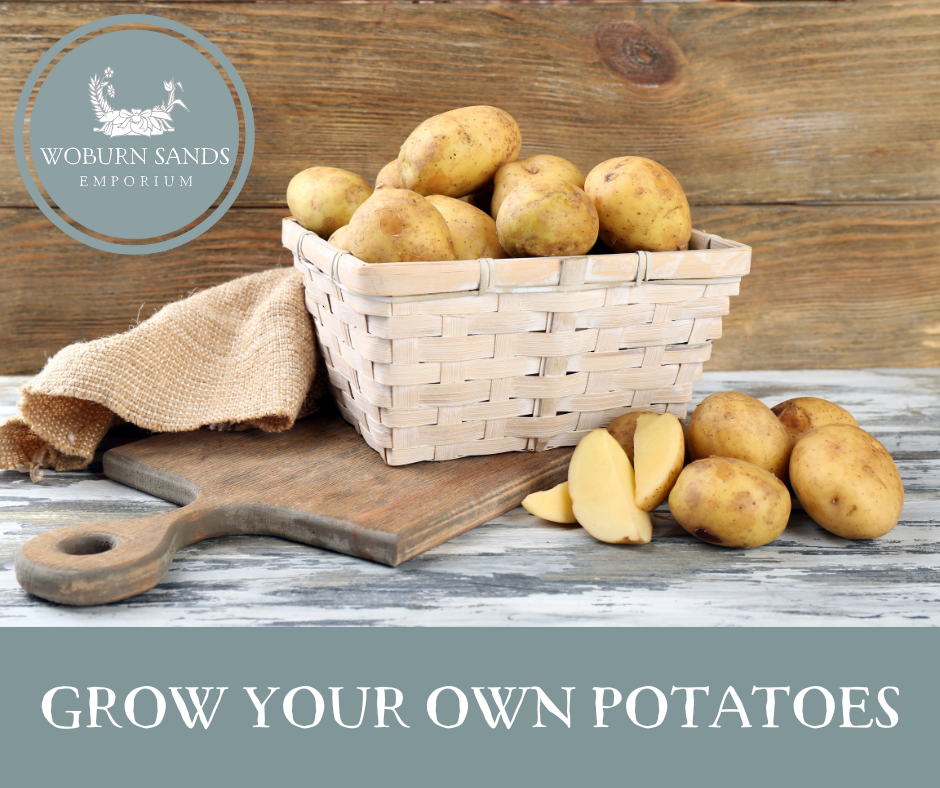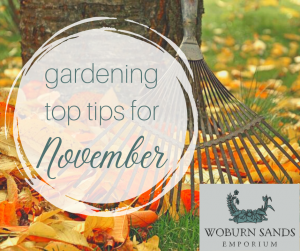The humble potato remains the nation’s favourite vegetable. There’s a huge number of exciting potato varieties you can grow and you don’t even need a garden to grow them – many grow very happily in large bags or pots on a balcony or patio.
Seed Potatoes
Seed potatoes are tubers that you can use to grow new potatoes that will be genetically identical to the parent potato. Typically it can take about 60 to 90 days for potatoes to grow after planting.
First early potatoes can be planted from mid-March, while second earlies should be planted a couple of weeks later. Maincrop potatoes are usually planted in April and need to stay in the ground longer to produce a good crop.
Our different seed potato packs are colour coded; blue for “First Earlies”, orange for “Second Earlies” and green for “Maincrop”. First and Second Earlies will give you “new potatoes” in the summer, Maincrops will give you potatoes for eating in the autumn and enough to store over winter for later use. First Earlies will typically be ready for harvesting in June/July, Second Earlies in July/August and Main Crops from August onward but if storing then can be harvested in September or October.
Potatoes for Purpose – Different potatoes have different properties; some are particularly good for boiling, some for chips, some for roasting. Here are just a few recommendations from varieties in our range:
- Duke of York – First Early, great for boiling
- Sharpe’s Express – First Early, a good all rounder for cooking with a distinctive flavour
- Charlotte – Second Early, great for salads with great flavour. One of our most popular varieties.
- Maris Peer – Second Early, a flavoursome salad variety
- Maris Piper – Main Crop, chip shop favourite! Great for chips and roasting
Growing Seed Potatoes
Chit the Potatoes
Although potatoes will sprout in the dark, you will get long, pale shoots that easily break. Instead, place them in a cool spot with bright light for 2 to 4 weeks. This way, the sprouts will grow stocky, sturdy, and dark green. This process is called chitting. You can place your seed potatoes upright in an egg carton or box, on a tray, or screen with the majority of buds (“eyes”) facing up. Do not pile them atop one another. You can start this process one month before your outdoor planting date.
Plant the Sprouted Potatoes
Plant the potatoes as soon as the sprouts are 1.5 to 2.5cm (1/2 inch to 1 inch) long. Handle the seed potatoes carefully, so the sprouts do not break off or become damaged. Plant potatoes with the sprouts facing up and cover lightly with soil.
Plant in Rows
Potatoes grow best planted in rows spaced 3 feet apart. Plant the seed potatoes in a trench that is 15 – 20cm (6 to 8 inches) deep. Place cut side down, with eyes facing up. Space the seed potatoes 30 to 40cm (12 to 15 inches) apart. Fill the trench with 10cm (4 inches) of soil. As the plants grow, add more soil, mounding it up around the plants.
Alternatively, plant in potato bags or containers, by filling the bag/container halfway with compost, plant between 3 and 5 seed potatoes, cover with approximately 10cm of compost and continue to add more soil to the bag as the potatoes grow. Early and Second Early varieties are best suited to container growing.
Water Well
Keep potatoes well-watered throughout summer, especially when flowering. During flowering, the plants begin to create the edible potatoes.
Harvest the Mature Potatoes
When the foliage turns yellow, discontinue watering.
You can harvest potatoes two to three weeks after flowering ceases. Dig around the plants carefully to remove new potatoes for fresh eating.








